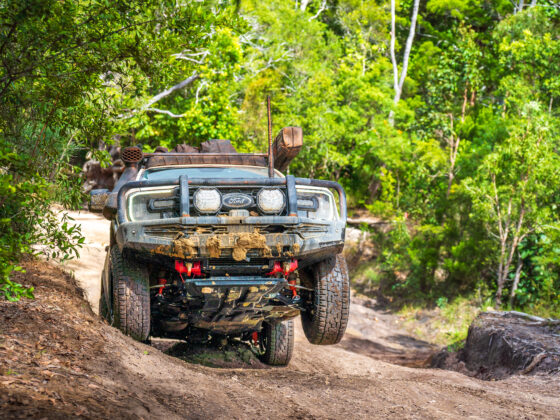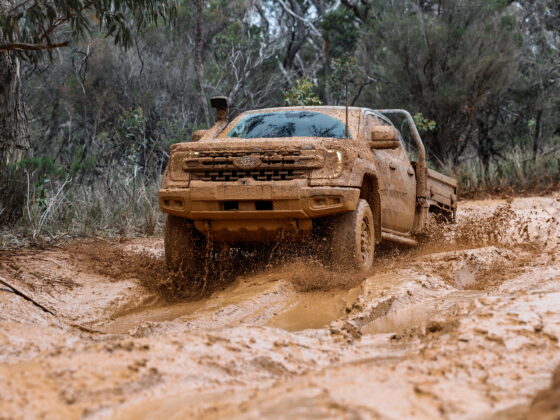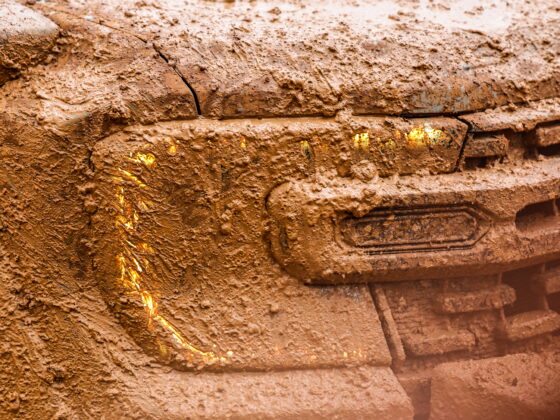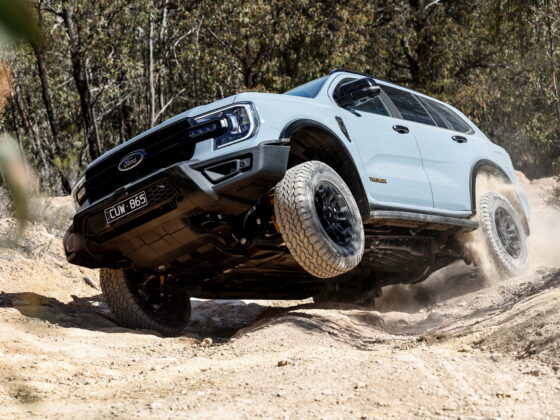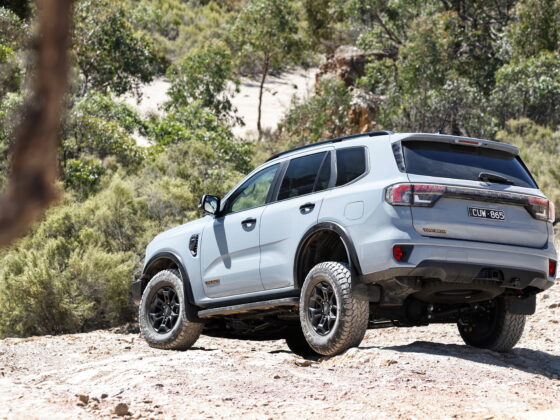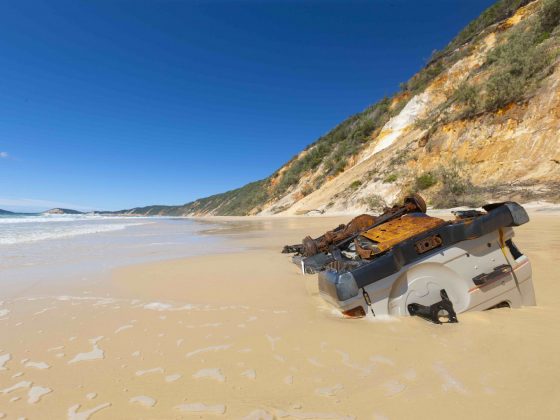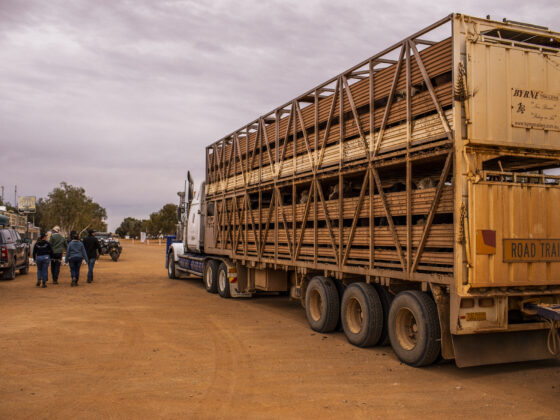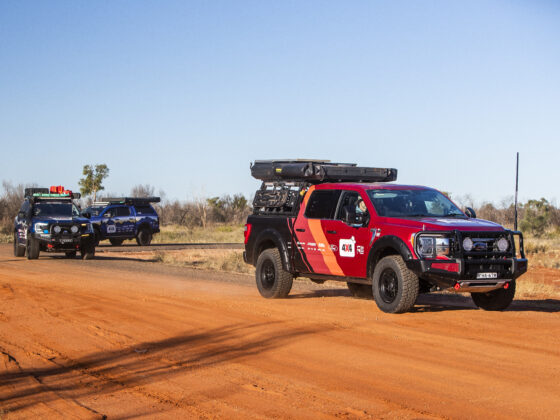Fitting aftermarket wheels and tyres to your 4X4 isn’t just about looking good, it’s also about clearance, performance, load capacity, and keeping your rig compliant on the road. What a lot of people don’t realise is that the laws around wheels and tyres vary by state, and stepping outside those limits can put you at risk of a defect, void insurance, or worse, compromise your safety.

This season we’ve swapped out to a combo of Lenso wheels and Pirelli tyres on the Mr 4X4 fleet, and while they’re tough, stylish, and well-made, we also chose them because they tick the right boxes legally. Here’s everything you need to know to make sure your wheels and tyres are not just fit for purpose, but fit for the regs.
WHEELS: What You Can (and Can’t) Change
Offset
Offset (ET) is the distance between the hub mounting surface and the wheel centreline. Go too far positive and you risk fouling your suspension; too far negative and you’re pushing the tyres outside the guards, and likely into defect territory.
- Legal tip: Most states allow up to 50mm track increase per axle, meaning around +25mm offset reduction per side depending on the vehicle.
- What we’re running: The Lenso wheels on the Mr 4X4 fleet are chosen to keep us inside the track width tolerances, while still giving a more aggressive stance and brake clearance.
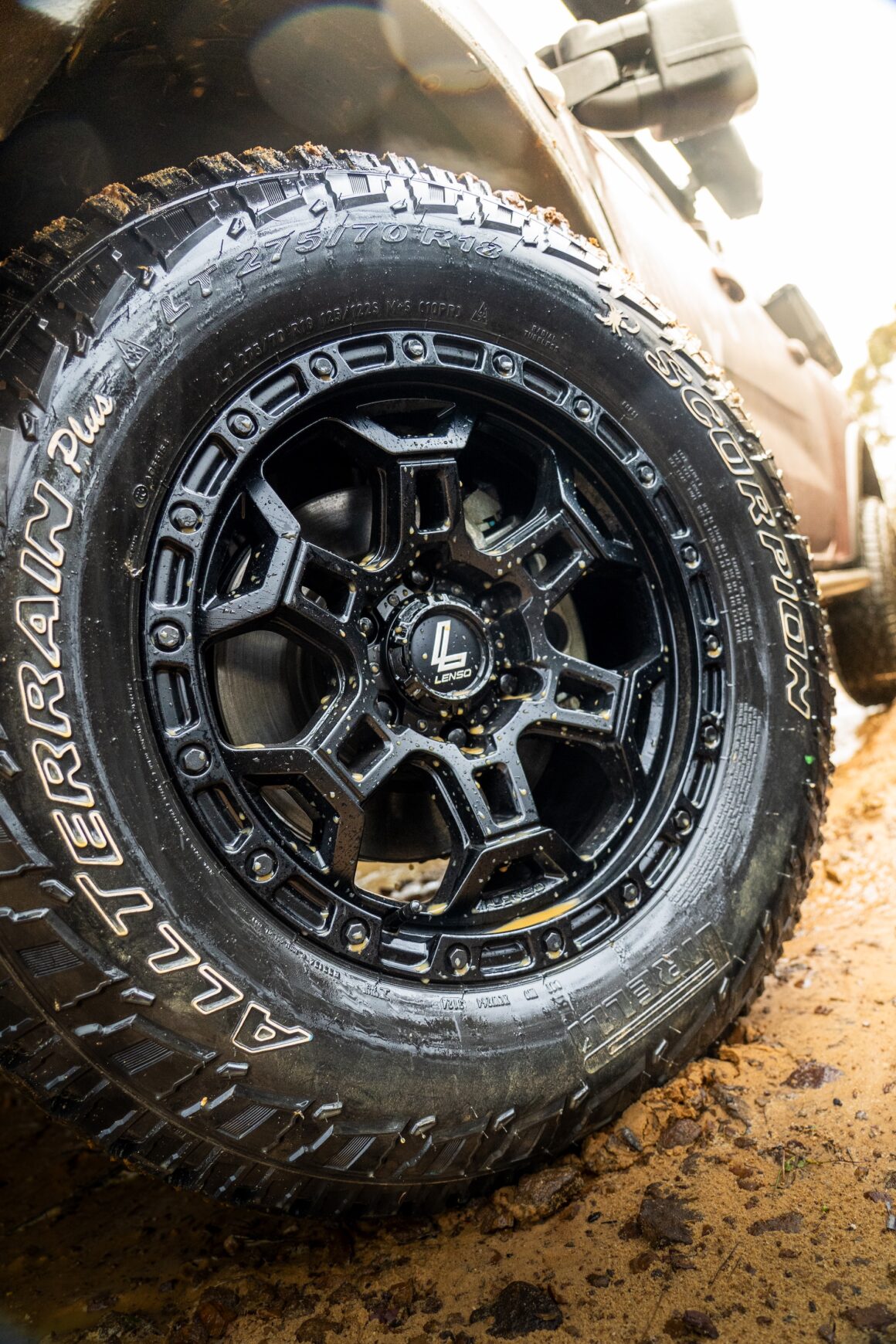
PCD (Pitch Circle Diameter)
This is the bolt pattern of your hub — for example, 6×139.7. You need to match this exactly unless you’re running engineered hub adapters, which opens a can of legal worms in most states.
- Legal tip: Changing PCD via adaptors or redrilling is usually not road legal without engineering approval. Stick to the correct PCD for your vehicle.
Load Rating
Wheels have a maximum weight they can carry, and when you’re loading up for a remote trip, that number matters. Fitting wheels with a lower load rating than OEM? Instant defect.
- How to find it: The load rating should be stamped or cast into the wheel.
- Legal tip: The wheel load rating must meet or exceed the axle load rating of your vehicle, not just the GVM.
Diameter and Width
Changing wheel diameter can be legal if you stay within the overall rolling diameter rules (see the tyre section below). But going wider or skinnier? You’ll need to check that your tyres remain within guard coverage and aren’t interfering with any vehicle systems.
TYRES: Staying Safe and Legal
Size and Diameter
Tyres must stay within a legal tolerance of the original rolling diameter. This is to keep your speedo accurate and ensure ABS, ESC, and other safety systems work as intended.
- Most states allow a total rolling diameter increase of up to 50mm.
- Width limits can also apply, especially if you’re changing rims.
Pro tip: A bigger tyre gives more clearance and better ride, but don’t forget gearing and power delivery may change too.
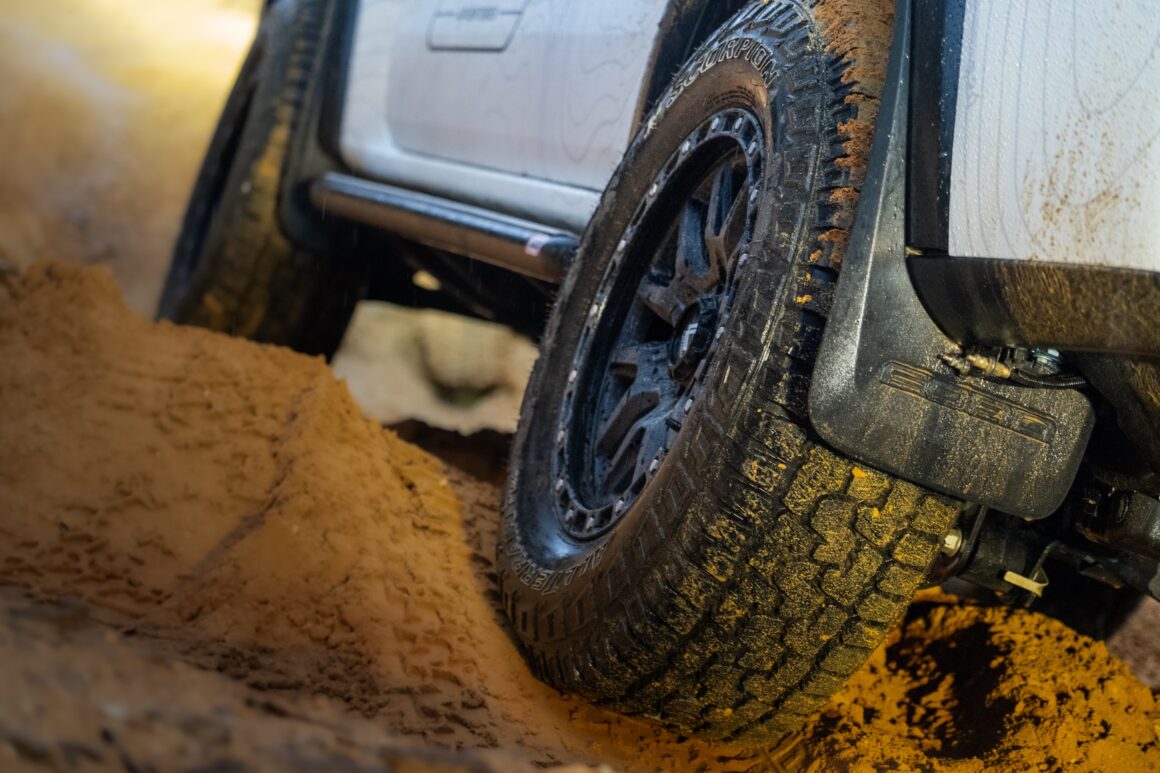
Load and Speed Rating
Just like wheels, tyres need to match or exceed the minimum required load and speed ratings set by the manufacturer, even if you’re not planning to hit 180km/h on the beach run.
- Load Rating: Must meet axle load when fully loaded.
- Speed Rating: Generally must match OEM, but lower ratings may be allowed on 4WDs if a visible sticker is applied (NSW and VIC, for example).
Some all-terrain tyres have lower speed ratings than OEM, especially Light Truck (LT) rated tyres. Know what you’re fitting and what’s legal in your state.
So, What’s the Risk?
Driving with illegal wheels and tyres could land you a defect notice, void your insurance, or affect your vehicle’s safety systems. It could also affect braking, steering geometry, and even suspension wear.
On the Mr 4X4 fleet, we’ve chosen a set of Hurricanes and Marvels form Lenso because they’re:
- Compliant with load and offset rules
- Built tough for off-road conditions
- Stylish enough to turn heads, legal enough to avoid the blue lights
Paired with appropriately-sized Pirelli Scorpion ATs that meet the load and speed rating of each vehicle, we’ve got a combo that looks the part and does the job, all without stepping outside the law.
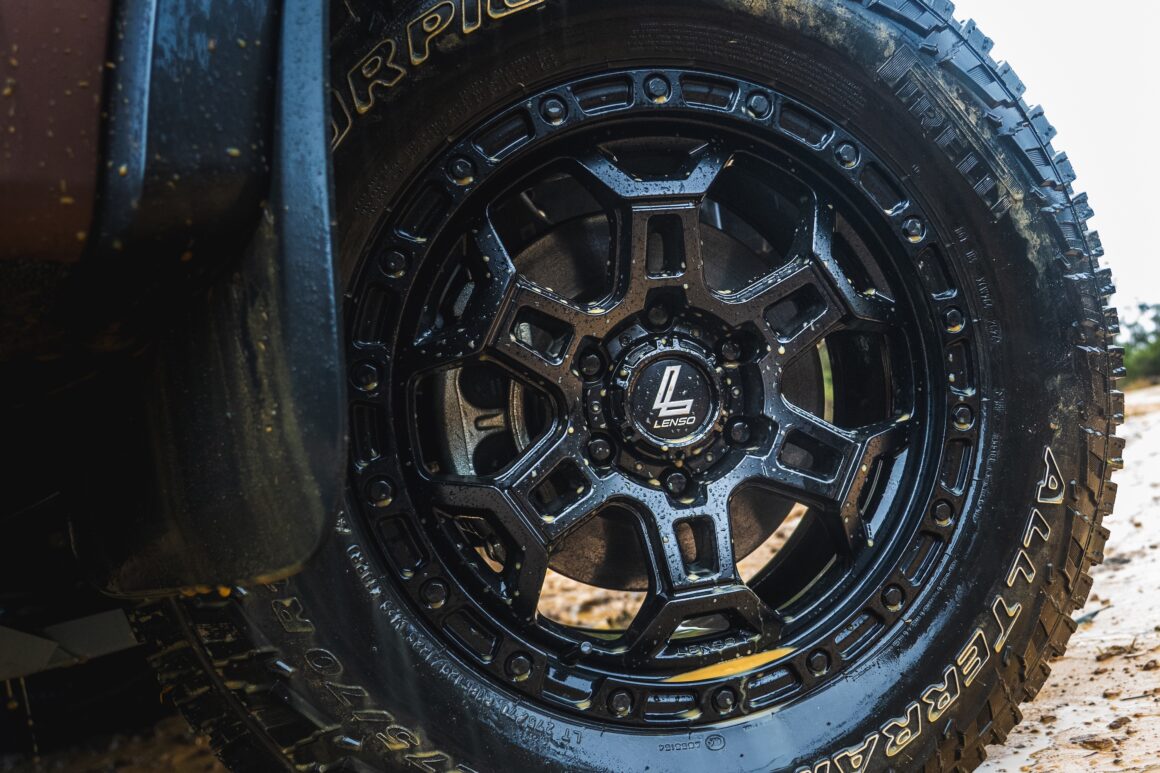
Final Thoughts
Wheels and tyres are one of the easiest and most satisfying upgrades you can do to your 4X4. But don’t get caught out by dodgy advice or assumptions. Before you fit that next set of 35s or throw on some big-offset rims, ask yourself:
- Does this keep me within the legal size increase for my state?
- Are my load and speed ratings appropriate for how I use the vehicle?
- Does the offset keep my track width legal?
- And most importantly, can I get through an RBT without a tape measure coming out?
When in doubt, consult your local authority or grab advice from trusted brands that back their gear with proper specs.




